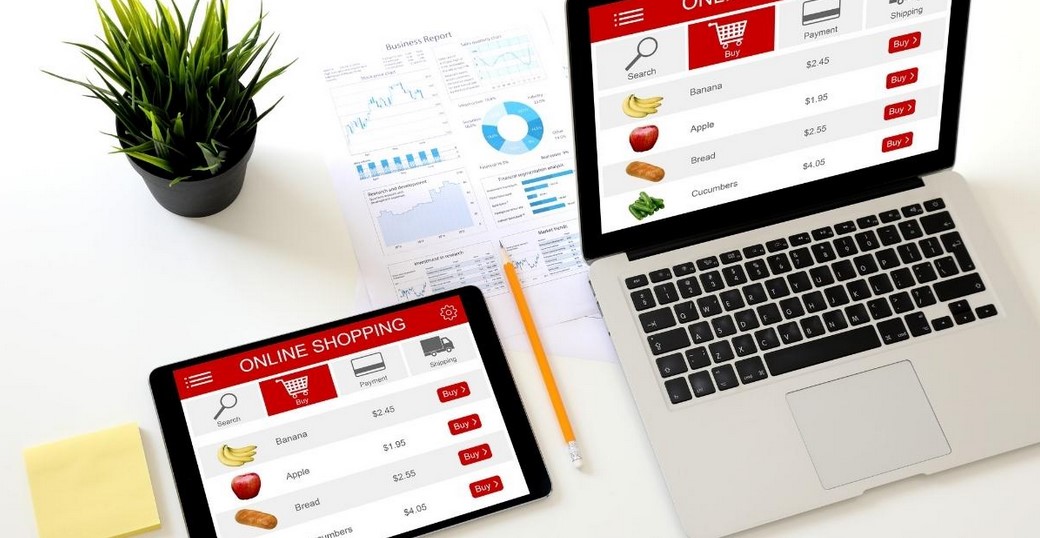
Are you looking to start building your eCommerce website Design Miami? We’ve got you covered! In this step-by-step guide, we will walk you through the process of building your e-commerce website, even if you’re a beginner. Let’s dive in!
Step 1: Determine Your Business Model
Before starting your e-commerce website, identify your business model.
Are you selling directly to consumers (B2C) and businesses (B2B) or facilitating transactions between consumers and businesses (C2C or C2B)?
Depending on your business model, you will need to shape your website structure and design to deliver the experience for your niche.
Step 2: Choose Your Preferred Ecommerce Platform
Selecting the right e-commerce platform is crucial for your online store’s success. Consider popular options like Shopify, Wix, or BigCommerce. Since these three platforms dominate the eCommerce market, if you are a beginner, you need to go with the most well-known ones.
A popular option is to build your eCommerce store from zero using WordPress. This is a more complicated process, but if you love to learn about web development, this option is the one for you.
Shopify
Shopify is an e-commerce platform that allows you to create and manage your online store with ease. It provides a user-friendly interface and a wide range of features to help you set up your store, add products, process payments, and handle shipping.
Wix
Wix is a website builder that enables you to create stunning websites without any coding knowledge. It offers a drag-and-drop interface, allowing you to easily customize the design and layout of your site.
BigCommerce
BigCommerce is an e-commerce platform that empowers businesses to create and manage their online stores. It offers a comprehensive set of features, including customizable templates, inventory management, payment gateways, and marketing tools.
These platforms offer user-friendly interfaces and provide essential features to help you build and manage your online store.
Step 3: Set Your Website Structure
Customize your website design to align with your brand identity. Most e-commerce platforms offer pre-designed templates that you can customize according to your preferences. Enhance functionality by adding plugins or extensions for features like payment gateways, social media integration, and email marketing tools.
Create all the necessary pages for your online store, including the homepage, product pages, shopping cart, and contact page.
If you prefer a professional touch, consider exploring professional website design services in Miami that can create a customized e-commerce website tailored to your specific needs.
Need help with your website structure? learn more about Ecommerce Website Design Miami Services!
Step 4: Set Payment Methods
Choose and configure payment methods that are convenient for your customers. Popular options include credit card payments, PayPal, or other secure payment gateways provided by your chosen e-commerce platform.
Step 5: Launch Your Website!
Once you have customized your website design, added products, and set up payment methods, it’s time to launch your e-commerce website! Before going live, thoroughly test your website to ensure everything is functioning properly. Double-check product details, user experience, and the overall checkout process to provide a seamless shopping experience for your customers.
How to Create an E-commerce Website for Free?
While building an e-commerce website may involve some costs, there are ways to minimize expenses. Here are the key costs to consider:
- Domain: Choose a domain name that reflects your brand and register it with a domain provider. Costs can vary depending on the domain name and provider.
- Hosting: Select a reliable hosting provider that can handle your e-commerce website’s traffic and ensure fast loading speeds. Hosting fees can vary based on the hosting provider and the size of your online store.
- Designing: Many e-commerce platforms offer free website templates that you can customize. However, for a more professional look, you may want to consider hiring a website designer or utilizing professional website design services in Miami.
- Extra Features: Additional features such as advanced analytics, inventory management systems, or marketing tools may come at an extra cost. Evaluate which features are crucial for your business and choose accordingly.
Create an impressive e-commerce website design in Miami that attracts customers and drives sales. Remember to prioritize user experience, security, and mobile responsiveness to provide your customers with an exceptional online shopping experience.